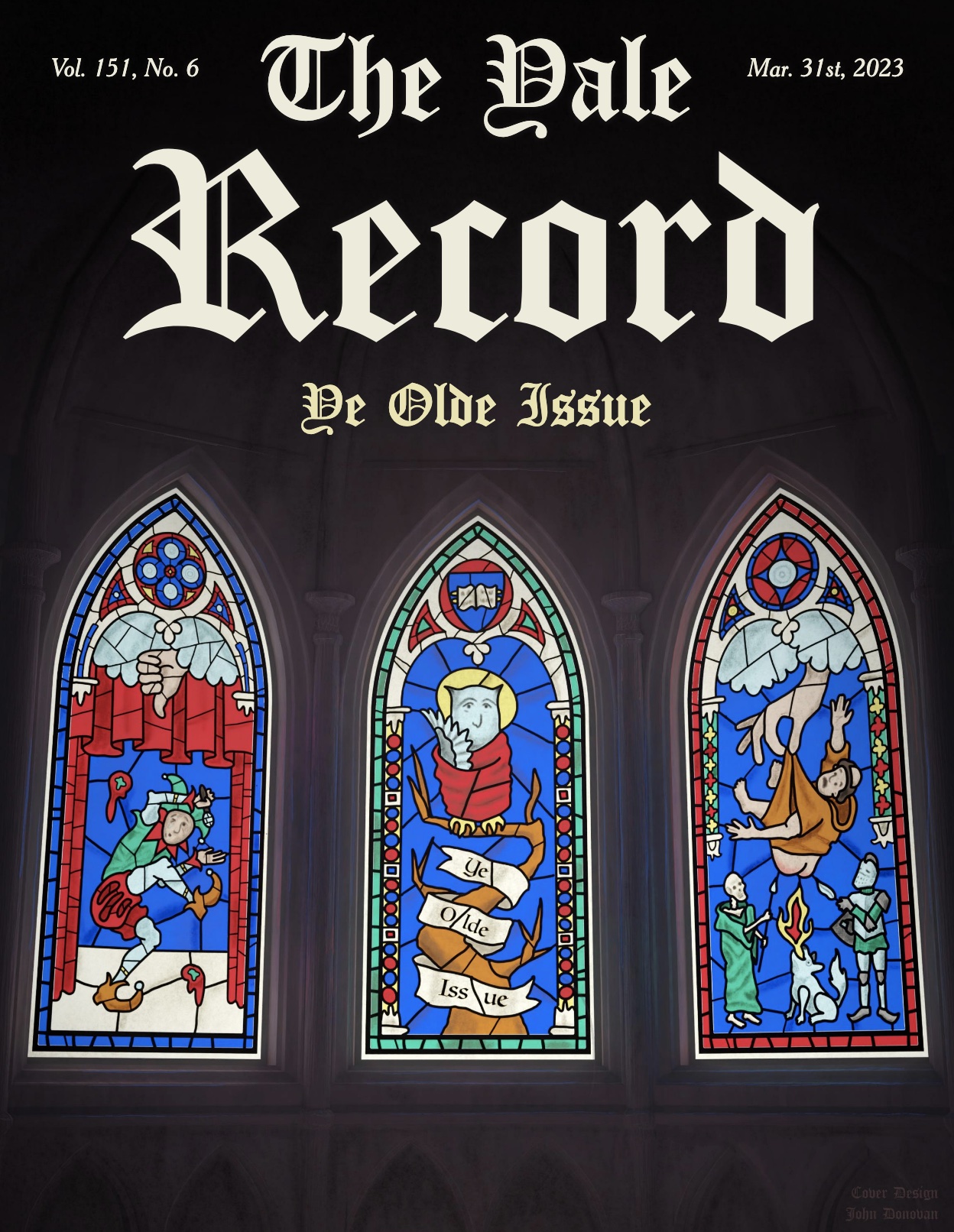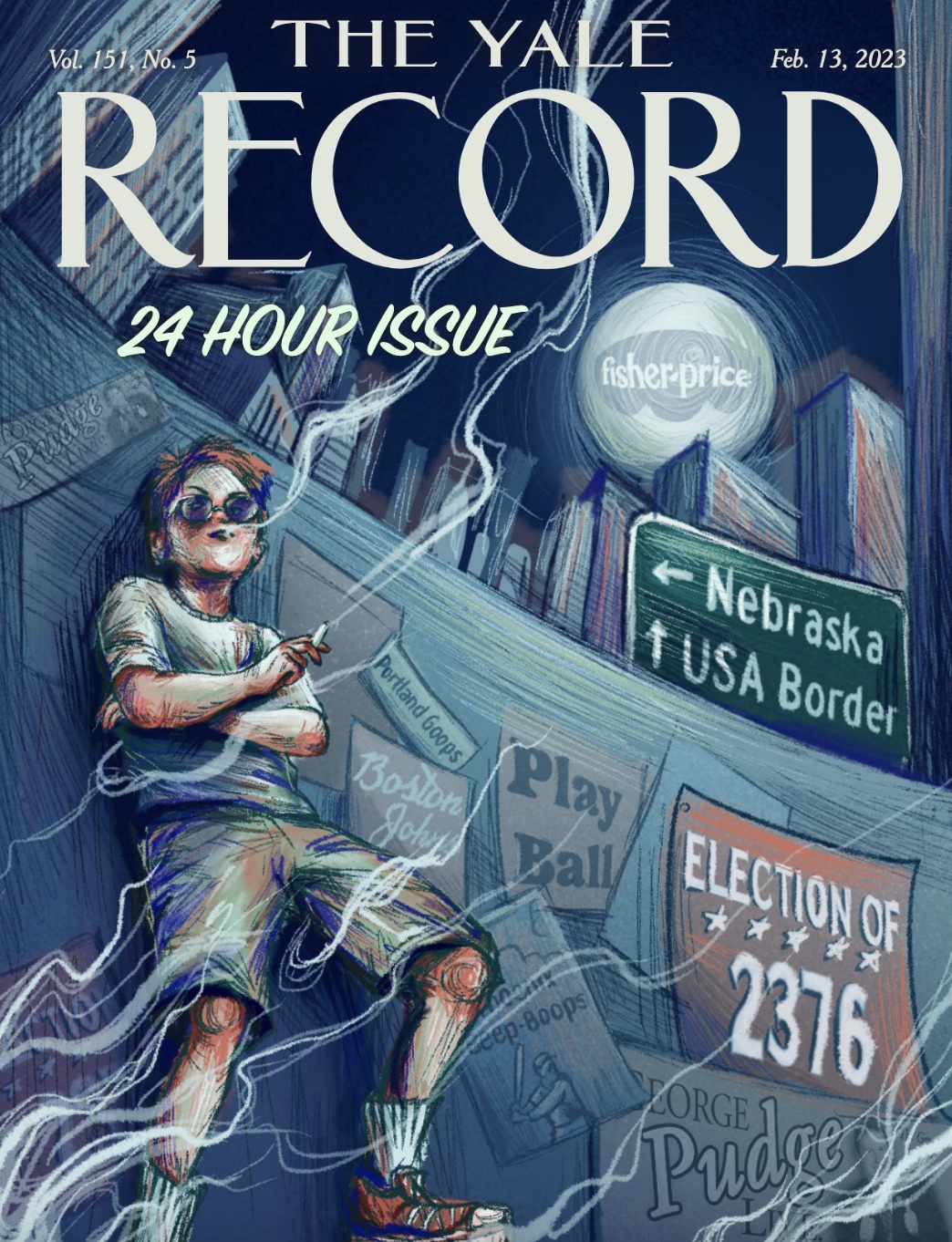NEW HAVEN, CT—On Tuesday, the Yale Laboratory for Human Transgene Research concluded its groundbreaking study entitled “The Empirical Influences of the Handsome Dan Lineage on the Yale Student Experience.” Though the study began as an effort to catalogue Handsome Dan’s contributions to the Yale community, the Lab’s Principal Investigator was stunned to find that Dan has done more than enrich student’s lives—he’s created them.
“Handsome Dan I was a creature of incredible intimacy and immense sexual gravitas, and by his very nature could not be confined to a single lover,” says Yale historian George Thompson, who collaborated on the project.
Using nasal swabs from the University’s COVID-19 Screening Program, the Lab found Handsome Dan I’s DNA in 5% of current Yale students’ genomes. Though the recently-adopted University custom of neutering incoming Dans makes it highly unlikely that any Dan after Dan XIII could have had the requisite libido to reproduce with a student, before 1994, it was considered commonplace for bold students to enter brief, passionate trysts with Yale’s resident pooch.
“The late 80s were wild,” says a Yale alumnus who asked to remain anonymous. “I took many partners during my undergraduate years, and, while I don’t recall specifics, it would be presumptuous of me to assume that Dan wasn’t one of them.”
The alumnus’s son, a current undergraduate, participated in the study but would not reveal his DNA test results when asked: “My private information is my private information,” says Chris Cuomo, Jr. ’23.
Interestingly, the report also found that the presence of canine DNA almost always coincided with a student’s legacy affiliation.
“Current students—5%, to be exact—have the potential to carry Dan’s DNA to future generations of Yalies,” said Lab Spokesperson Christopher Carlsen ’92. “If current Yale students had as much fun as we had in my day, the Dan legacy might live on in the Yale student body—literally and figuratively.”
Carlsen also advised readers to be on the lookout for the lab’s soon-to-be-released follow-up study. “Though the findings are not official yet, we have strong reason to believe that Yale legacy students are disproportionately prone to color blindness, excessive scratching behind the ears, and unprompted private-part sniffing.”
—E. Gorelick




